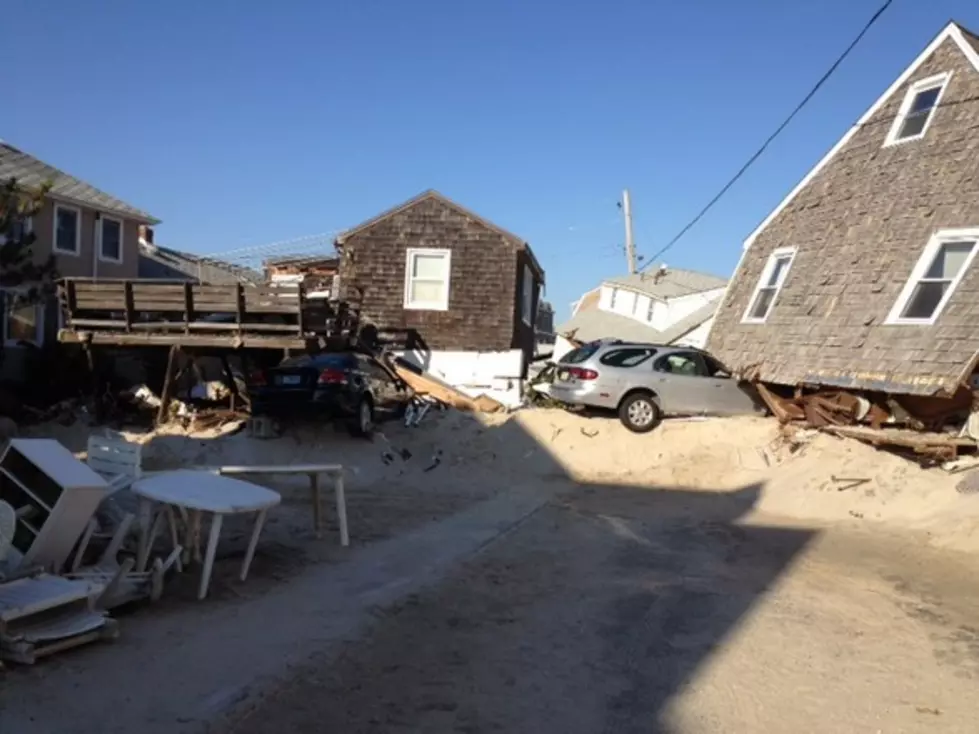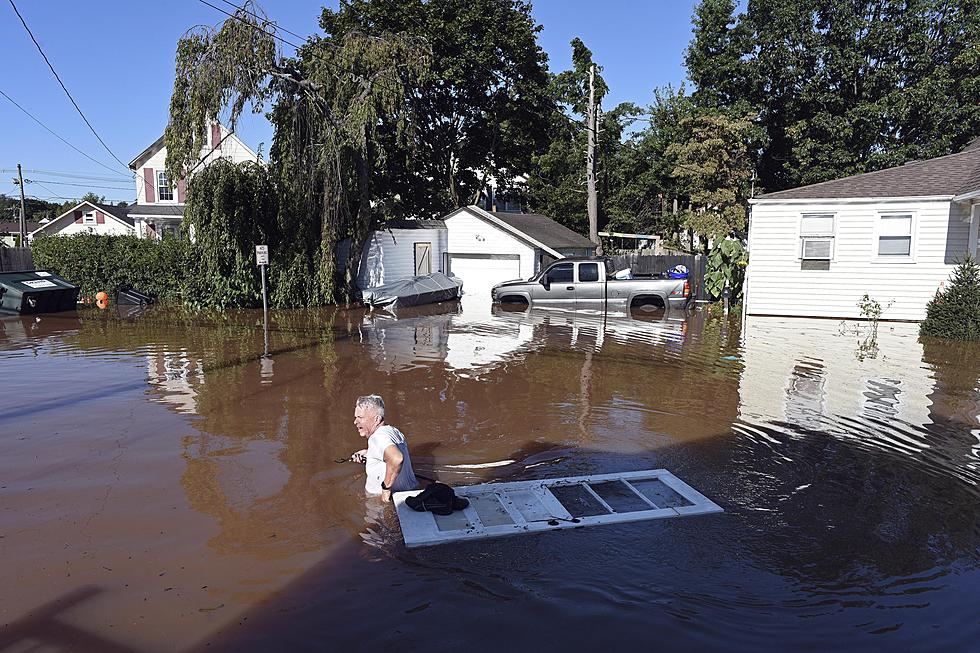![Sandy Thrashes NJ Ecosystem, Report Says [AUDIO]](http://townsquare.media/site/385/files/2013/01/Mantoloking.jpg?w=980&q=75)
Sandy Thrashes NJ Ecosystem, Report Says [AUDIO]
It's no secret that Sandy reshaped the coastal landscape of New Jersey. In doing so, the storm affected the natural habitats of fish, migratory birds and other wildlife causing $16.5 million in damage to the state's ecosystems.
That's according to a new report by the American Littoral Society, a coastal conservation organization based in Highlands, New Jersey.
"Most of the damage was along the beachfronts and in the dune systems, but also along the Delaware Bayshore where we have very critical habitat for the potentially endangered red knot birds and horseshoe crabs which are in danger this year because of the impact of the storm," said Tim Dillingham, the Society's executive director. "The storm destroyed the beaches where the horseshoe crabs spawn. If there's not a successful spawn, the migratory birds that depend on their eggs for nourishment will not be able to get enough nourishment to make their flight up to the Arctic. These birds migrate all the way up from South America on their way to the Arctic and they stop over in the Delaware Bayshore."
The report found that 367 of the 391 dune beaches along the Atlantic ocean that were part of the survey sustained some level of damage, 54 of which suffered a high degree of damage. More than half of the state's marshes sustained a low level of damage. Some dunes on the ocean side were flattened or washed away destroying nests and natural habitats in the process.
"We interviewed managers with national wildlife refuges and other protective conservation areas and they identified a series of projects that need to be completed to ensure that these habitats that were affected are restored back to a good ecological condition," said Dillingham. "These projects involve cleaning up where the storm broke through wildlife impoundments, restoring the beaches where the horseshoe crabs spawn and cleaning up marine debris and other garbage that wound up in the salt marshes across the state."
"The pollution in the New York/New Jersey harbor and the other debris that disrupted the barrier island communities are a huge concern as well," said Dillingham. "The wildlife resources really contribute not only to our quality of life, but to the local economy. So, we need to make sure that we are planning to repair and restore them at the same time we restore our communities."
More From New Jersey 101.5 FM









